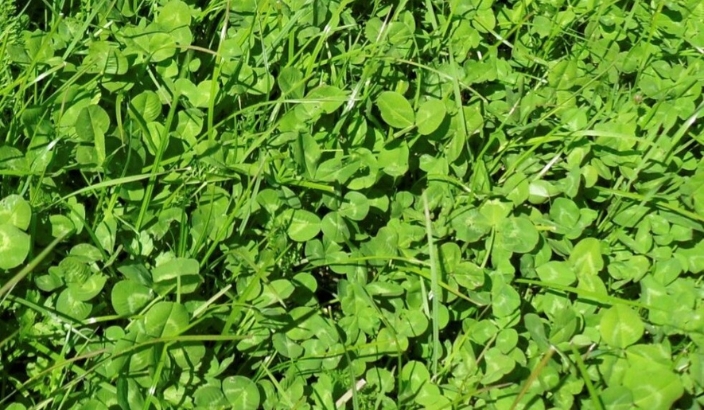The end of cheap nitrogen?


Early October pasture clover. Photo: Supplied.
Peter Burton, Functional Fertiliser
The ammonia urea plant at Kapuni was built in the late 1980’s to utilise excess natural gas from the Maui field off the Taranaki Coast. The oil shock of the 1970’s saw oil prices rise to the point where New Zealand was unable to fund sufficient to meet requirements. Car-less days were introduced to limit petrol usage with car owners nominating which day of the week they would not use their vehicles.
Mayhem ensued with innovative kiwis quickly devising plans to get around the regulations. The Government at the time decided the country would have to become far more energy self-sufficient and development of the offshore oil and gas fields was fast tracked. The conversion of cars to run on natural gas was subsidised with large cylinders taking up much of the space in boots whilst reducing range.
Looking back it seems quite weird, however we have not become, although well-endowed with options, more energy self-reliant. The supply of gas for the manufacture of urea is becoming limited. Increasingly demand will be met with more imported product, and prices will escalate. Add to that the coming user pay regulations determined by the weight of vehicles and distance travelled and the on-farm cost of nitrogen will increase. With the steadily decreasing net gain in growth resulting from the application of synthetic N the cost: benefit ratio will narrow further.
That’s not an issue for those already non-reliant on synthetic N usage, and it’s a growing number. These operators are growing steadily more feed as they hone their grazing management skills. The products CalciZest and DoloZest from Functional Fertiliser ensure the ‘transition’ from a high-cost to low-cost N system is seamless and angst free. Clover is, and always has been, capable of fixing sufficient nitrogen for 18 tonne plus of dry matter per hectare annually.
Clover naturally out grows grasses from October until late autumn and because each leaf acts a solar panel there is greater energy available for grazing animals. This manifests itself in higher milk volume, increased growth rate of lambs, and improved weight gain of beef animals.
There is no downside as a strong clover sward provides excellent ground cover reducing moisture loss. The objection that flea and weevil are prevalent quickly dissipates when sufficient extra calcium is applied to lift soil pH close to the ideal 6.3. This is the pH where increased levels of nutrient, particularly phosphorus, becomes available for plant uptake. It is also the soil condition that favours beneficial biology and although grass grub and porina are still seen, their numbers are markedly reduced.
The focus is on creating the conditions that favour beneficial biology and the outcomes that benefit us most.
A well-managed calcium driven system with phosphorus and sulphur remaining essential elements will always outperform a synthetic nitrogen-soluble nutrient based one. For more information call Peter on 027 4950041 or 0800 843 809.
